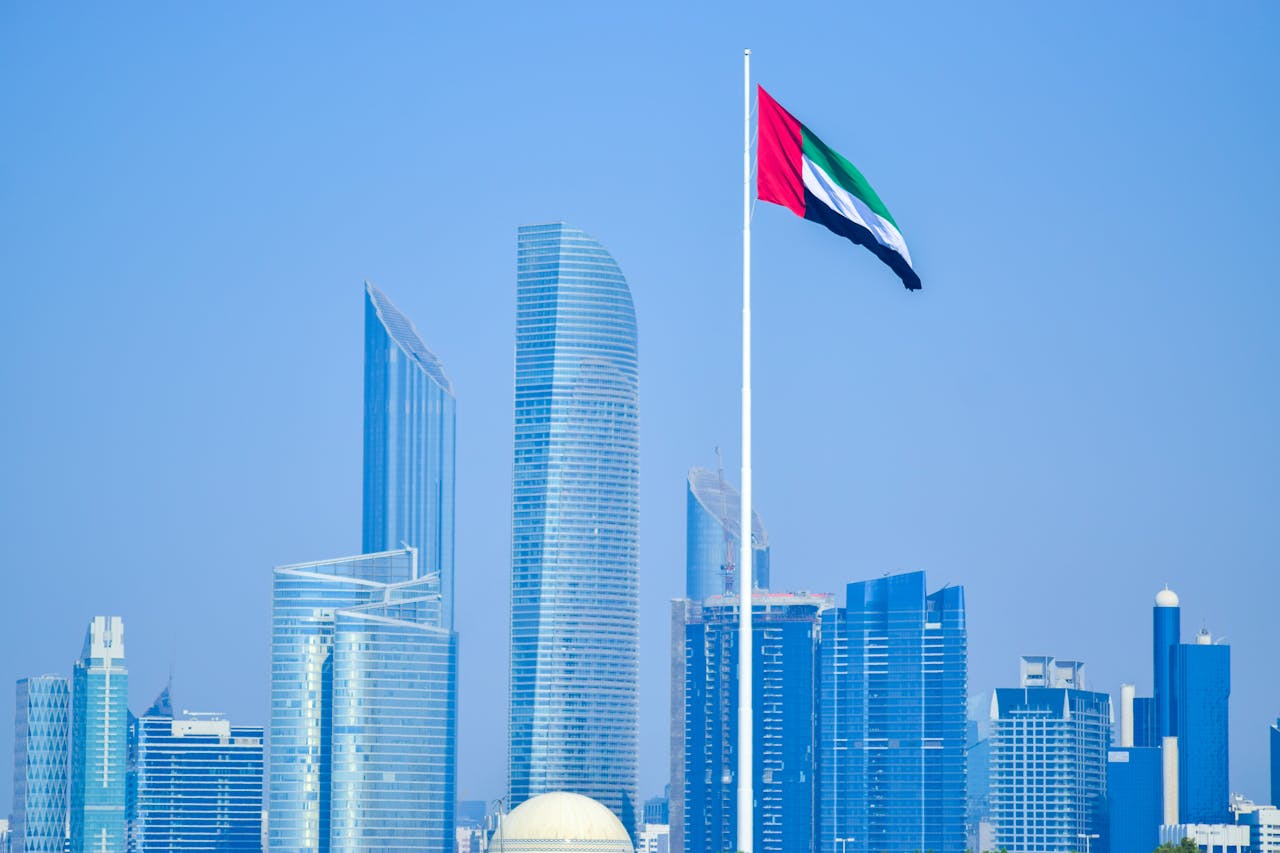Events have made a phenomenal comeback. From international conferences to music festivals, attendees fly worldwide to attend highly anticipated events. With the event industry back in full bloom, its environmental impact inevitably keeps growing - making it imperative to decarbonise and rethink how we organise and execute gatherings. How can we continue this fruitful activity without the carbon cost?
Why events are a high emissions activity?
Events have a substantial environmental impact, from production and transportation to waste. According to the University of Freiburg, each visitor causes an average of 0.5 to 1.5 tonnes CO2 equivalents in a three-day conference. To achieve the Paris 1.5-degree target, each person worldwide must emit 2.5 tonnes of CO2 equivalents annually by 2030. This demonstrates how carbon intensive an event can be and how important it is to decarbonise this activity.
A recent study found that the travel-induced carbon footprint for international conferences results in more than 2,000 tonnes of greenhouse gases—equivalent to what approximately 270 UK citizens emit in a whole year. The average participant produces between 500 and 1,500 kg CO2e per conference round-trip.
For music festivals, the picture is not getting brighter. Glastonbury generates 2,000 tons of waste in a weekend. A recent analysis found that 80% of Coachella's festival's carbon emissions come from attendees' travels. There is significant room for improvement and a dire need for systemic change.
Therefore, companies must monitor and reduce their event's carbon footprint. The GHG Protocol Corporate Value Chain (Scope 3) Accounting and Reporting Standard identifies events and conferences as a scope 3 activity that is not included in the list of scope 3 categories. It recommends that a public GHG emissions report have emissions from events and conferences and be reported separately from other scopes 3 types, such as in a section labelled "other" within the scope 3 category. Events and conferences represent significant emissions due to a myriad of reasons, from the high frequency of events, a large volume of attendees or large distances travelled by attendees.
How to organise a sustainable event?
On the 7th of July, Plan A launched a new event series named 'Sustainability Encounters'. The series gathers sustainability experts to discuss the innovations and applications that are helping us to transition to a net zero global economy. The events within this series cover different activities and categories that contribute to a business’ carbon emissions. The first event within this series tackled how to decarbonise events. The event included a panel discussion with sustainability experts and a networking session alongside drinks and snacks for all attendees. As a team, we were dedicated to creating as sustainable an event as possible while monitoring the carbon emissions throughout the process. Finally, being transparent about these emissions inspires others to do the same.

Credit: Plan A
To reduce the environmental impact of this physical event, we steered multiple decarbonisation efforts - feel free to implement these ideas for your next corporate event:
- Selection of a sustainable venue: the venue is locally based and close to transportation systems.
- Keep it local: All our speakers were based in Berlin, avoiding unnecessary business travel emissions.
- Go plastic free: We opted for tap water in a large glass water jug instead of plastic water bottles.
- Organic food and drinks: We provided climate-neutral wine and meat-free snacks.
- Eliminate paper: We chose beverages in a glass bottles that can be recycled with the Pfand system available in Germany.
- Reducing packaging waste by renting reusable glass crockery instead of buying plastic or paper cups.
- Upcycle and recycle: We provided separate waste bins in the event space with clear labels indicating precisely what to dispose of in each container.
- Promote sustainable transportation: We Encouraged attendees to come to the event by foot, bike, or public transport.
- Logistics: Use a car-sharing system to transport goods to and from the venue.

Credit: Plan A
How do we measure the carbon footprint of our events?
We used our events module management to track the carbon emissions from our event, enabling us to calculate emissions activity automatically.

Credit: Plan A
To make our data accurate, we asked each participant to complete a short survey accessible through a QR code at the event to monitor commuting and accommodation emissions. Then, at the end of the event, we carefully weighed each bin per waste category. We also collected data on energy usage, logistics, production, and food and beverage choices to complete our analysis. Once we collected the data, we entered it into the platform, yielding the magic number we needed.

Credit: Plan A
And now the results you have been waiting for: our event's total carbon footprint is 633.26 kg CO2e. By analysing our data, we realised that our most significant source of emissions was from:
- Catering: 407.15 kg CO2e
- Commute from attendees: 159.15 kg CO2
- Logistics (transportation of goods to & from the venue): 32.26 kg CO2e
- Accommodation of attendees: 18.08 kg CO2e
The lowest emissions activity accounted for were:
- Waste: 1.59 kg CO2e
- Heating (as the event occurred during the summer): 4.57 kg CO2e
Learnings from our sustainable events
The panel discussion gave us great insights into organising sustainable events.
❌ Switching "unsustainable" materials for greener ones is not always a win-win situation. For example, attendees must use tote bags 74 times before becoming more environmentally friendly than simple plastic bags.
✅ Do more with less: Giveaway plants instead of merchandise or eliminate them altogether.
✅ Build your sustainability progressively, but holistically. It's OK to not have all details entirely decarbonised, but make sure to be transparent about what you have or haven't done. Pretending it's all sustainable when it is not will not cut it to your audience and for your brand.
❌ The most significant source of carbon emissions for events are travel and catering.
✅ Encourage people to use public transport, carpooling, biking or walking if possible.
✅ It is about what you eat and less where your food comes from provide vegetarian or vegan meals, think of zero waste packaging and compost the rest of the food waste.
Start your events' decarbonisation with Plan A. Request a demo today.

Credit: Plan A



.jpg)


